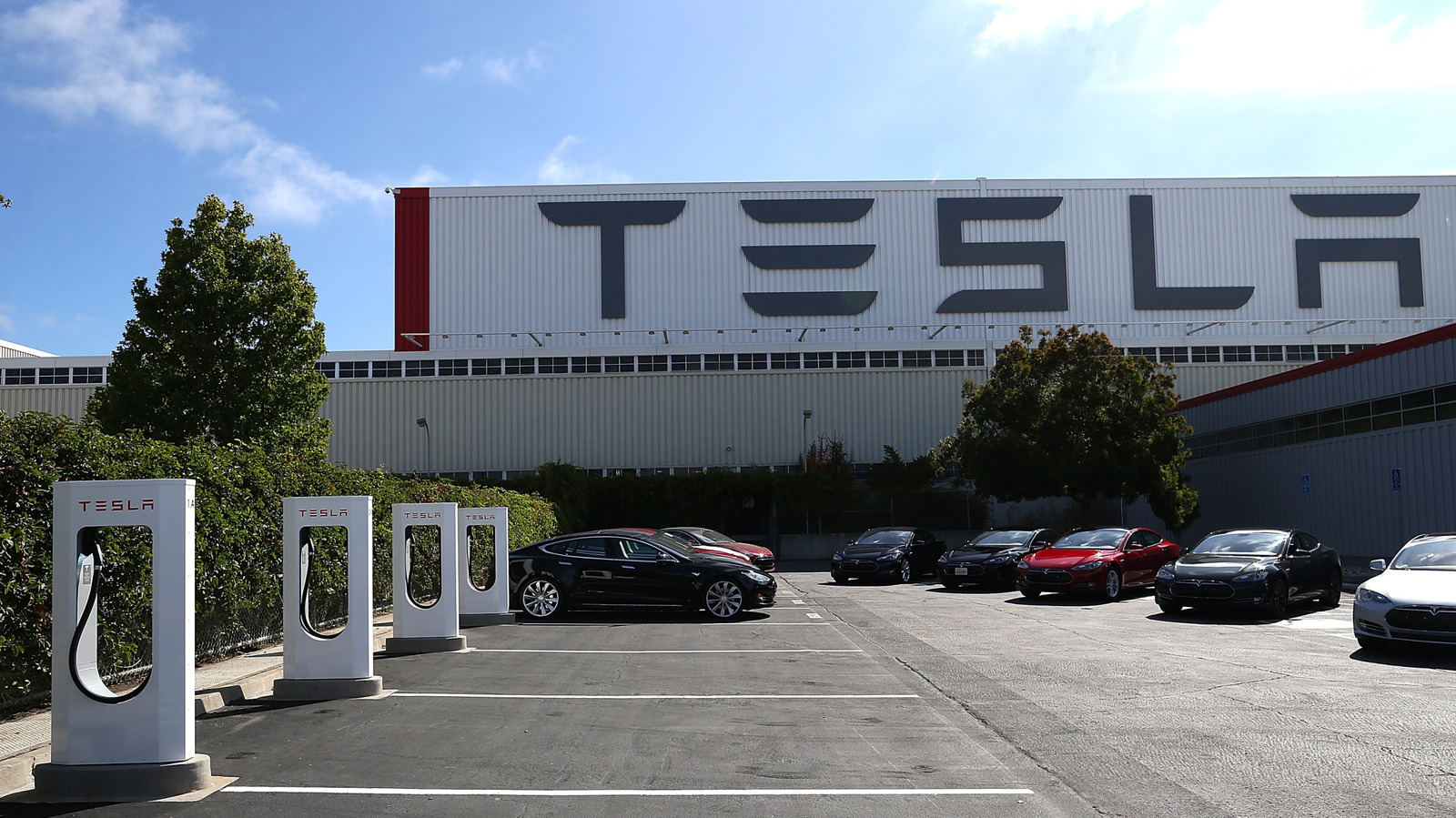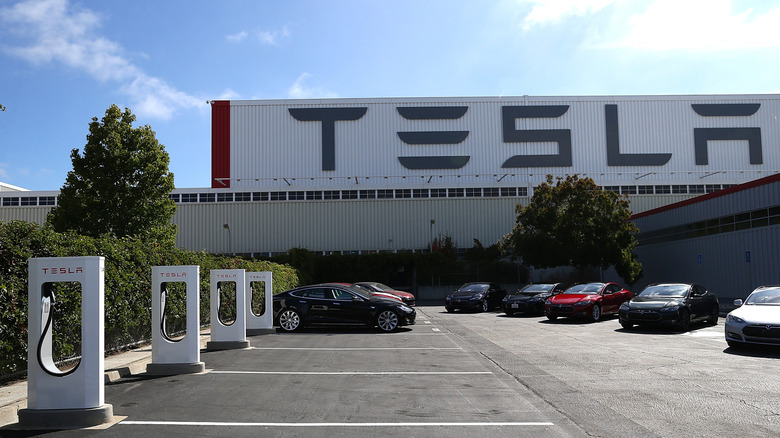Back when Elon Musk had a bank account with merely one billion dollars in it he had to borrow money from the federal government to get his fledgling EV automaker off the ground. In January of 2010 the Department of Energy’s Loan Programs Office floated Tesla $465 million to secure the Fremont factory, outfit it for battery and automobile production, and sign contracts with suppliers to push the company’s Project WhiteStar, which would become the Model S, into production. Fifteen years later and Musk is biting the hand that feeds, killing the very program that took a risk on his moonshot project, directly laying the foundation for him to become the world’s wealthiest man. When Musk’s Trump Administration Department of Government Efficiency set its sights on the Department of Energy, his thugs implemented a “demoralizing” and “sad” “hostile takeover,” says Latitude Media, with the internal mantra “keep cutting ’til the screaming starts.” More than 1,200 DOE employees have already been shuffled out of their offices, while earlier this month the Department’s Loan Programs Office staff was cut by more than 60% and further cuts appear imminent.
There isn’t a bank on the face of the Earth that would have given Musk that much money for an unproven product from an upstart company in a then-non-existent market, which is exactly why the Loan Programs Office exists in the first place. High-risk projects, like an unproven EV startup or nuclear energy sector investments tend to be shot down by major banking offices, as they won’t see large returns for the bank until well after the next shareholder meeting. These are obviously beneficial projects for the Department of Energy, however, so the LPO was created to push the American energy revolution forward. Not only is the LPO highly efficient, it actually is a major source of income for the DOE, so why is it coming under fire from DOGE?
Elon is pulling the ladder up behind him
“The office’s ability to underwrite and monitor large-scale energy projects depends on specialized technical staff and institutional capacity. Without them, the federal government risks slowing or stalling the diverse mix of energy projects that serve national priorities, such as new nuclear energy development for powering AI data centers—undermining investment certainty and weakening American competitiveness,” a letter to Energy Secretary Chris Wright with dozens of energy industry signatories, including the American Nuclear Society states.
Further reporting from Latitude indicates that even in the short time that the LPO has been on a so-called stop work order from DOGE, several major loan recipients have scrapped plans due to their loans having been frozen and the fast paced nature of business. Kore Power and Freyr Battery, domestic battery manufacturers, have canned efforts to build manufacturing plants in Arizona and Georgia respectively. Aspen Aerogels, a company making thermal barriers for EV batteries, also shelved plans for a factory in Georgia. Even major California-based energy supplier PG&E says its $15 billion DOE loan for large-scale infrastructure projects faces “substantial uncertainty” and will increase consumer costs as a result.
This is not only a huge problem for the future of American clean energy, but it’s also detrimental to the future of the American electric vehicle industry. The reason American EV startups from Rivian to Lucid exist is because of the LPO, hell, the reason the U.S. has alternative fuel vehicles of any kind is due in a big part because of the LPO. This is maybe the dumbest thing Musk and DOGE have done in their short time in government.



